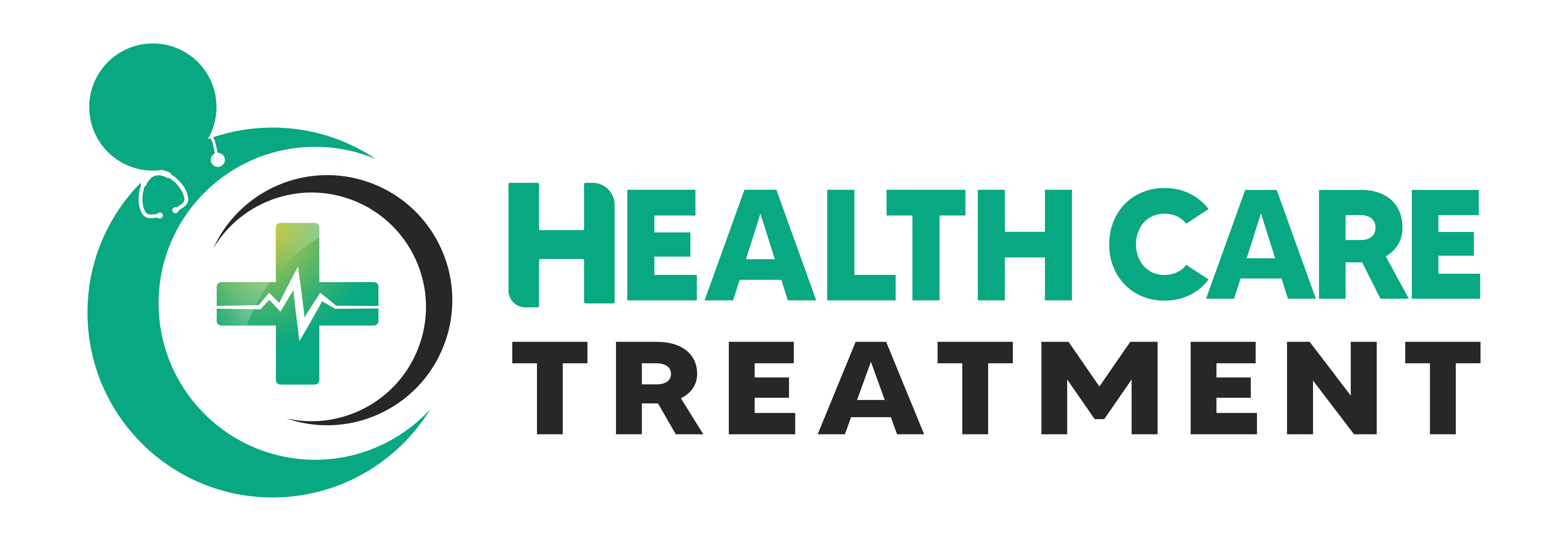“What does a Corked Thigh mean?”
What have I done…?
A “Stopped” thigh is all the more precisely known as a wound of the muscle. This is the place the muscle is hit with a compel (as a rule by a limit question) in order to make the muscle drain. In physical games, for example, Football this damage is generally normal.
So what does my Diagnosis really mean?
At the point when an injury is managed, harm is incurred to the muscle, its encompassing sash and the little veins, which prompts to dying. The harm for the most part happens at the more profound layers of the muscles nearest deep down. The draining and harm prompts to aggravation and an accumulation of blood, which is by and large observed at the site of damage as huge swelling as well as wounding. Much of the time there will be noteworthy limitation of development of the knee, and a failure to place weight through the influenced leg, particularly in the early stages post harm. In the underlying phases of damage, it is critical to decide the seriousness of the harm, to set up the most suitable treatment arrange.
What Do I Need to Do?
Arrange 1: ACUTE MANAGEMENT (0-2 DAYS) Damage Control. Rest: Try not to take a lot of weight through the knee at first. Supports are generally required. Attempt to keep the knee twisting however much as could be expected. Ice: Early and Often over initial 48 hours; 15-20 minutes each 2-4 hours. Attempt to keep the knee twisted. Pressure: Bandage to control swelling for 48 hours. This may happen so as to energize twisting of the knee. Rise: Attempt to keep the leg in a hoisted position to energize the diminishment of swelling. Look for treatment. No Massage, No Stretching. No Alcohol, No Heat.
What Next?
Organize 2:
SUB-ACUTE MANAGEMENT (2-14 DAYS) where scope of movement of the knee is come back to ordinary. This stage will see the Physiotherapist utilize their manual treatment aptitudes, with an essential objective to return scope of movement of the influenced knee.
Organize 3:
RETURN TO FUNCTION (14 DAYS – 21 DAYS) Range of movement is reestablished, quality preparing starts, strolling comes back to typical. The patient now turns out to be to a greater degree a driver of the treatment, with a genuine accentuation on practice restoration, to guarantee ideal come back to work. In any case, it will be vital to guarantee that the restoration program is nearly checked, so as not to irritate the damage.
A Final Word…
Every damage is as individual as the individual who has supported it so advance will differ as will the style of recovery program. Every stage has certain objectives that your Physiotherapist will help you accomplish before advancing to the following stage. A joined exertion will accomplish the best result for your harm. In the event that you have any questions about the restoration program please talk about them with your treating Physiotherapist.

